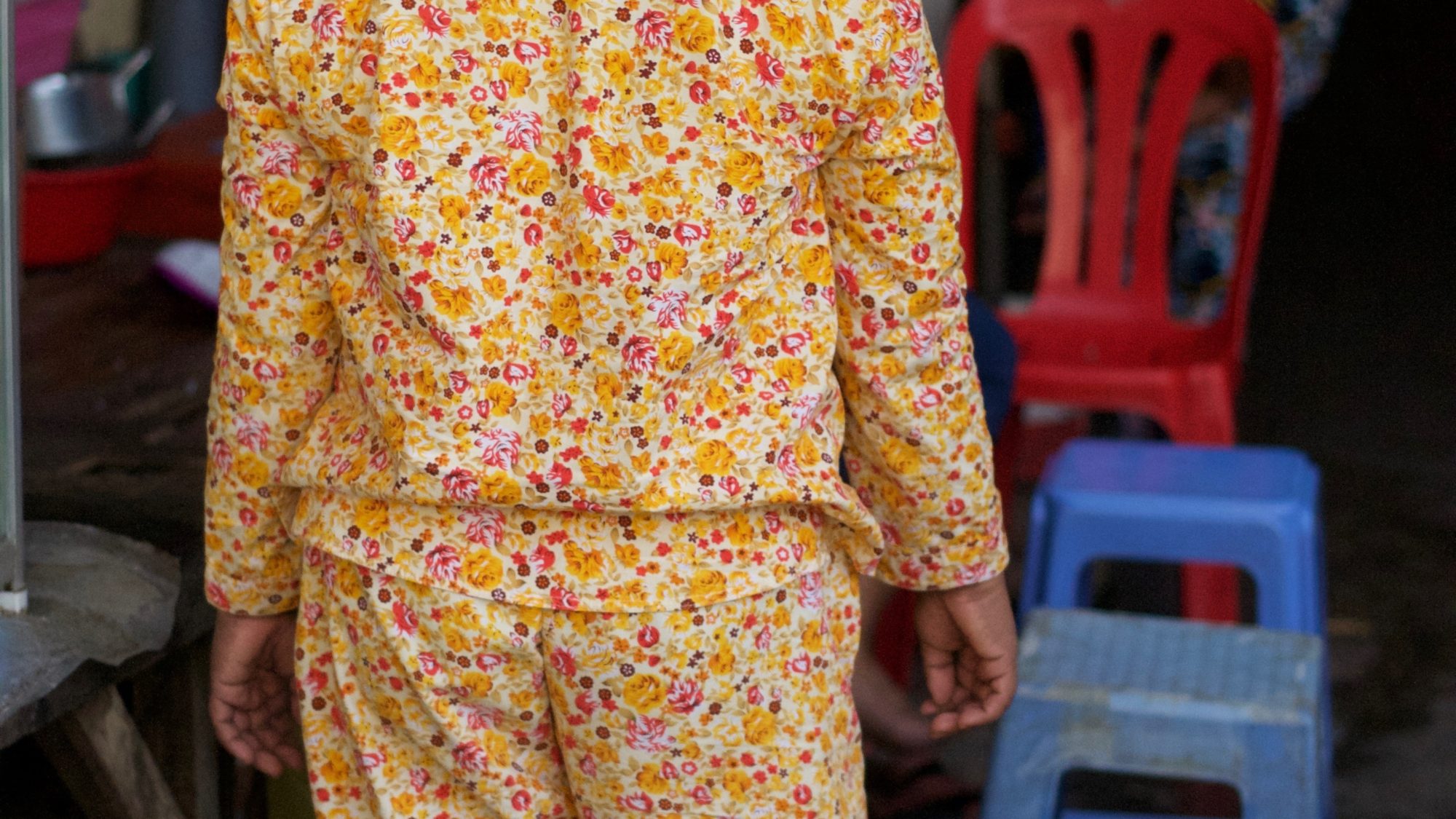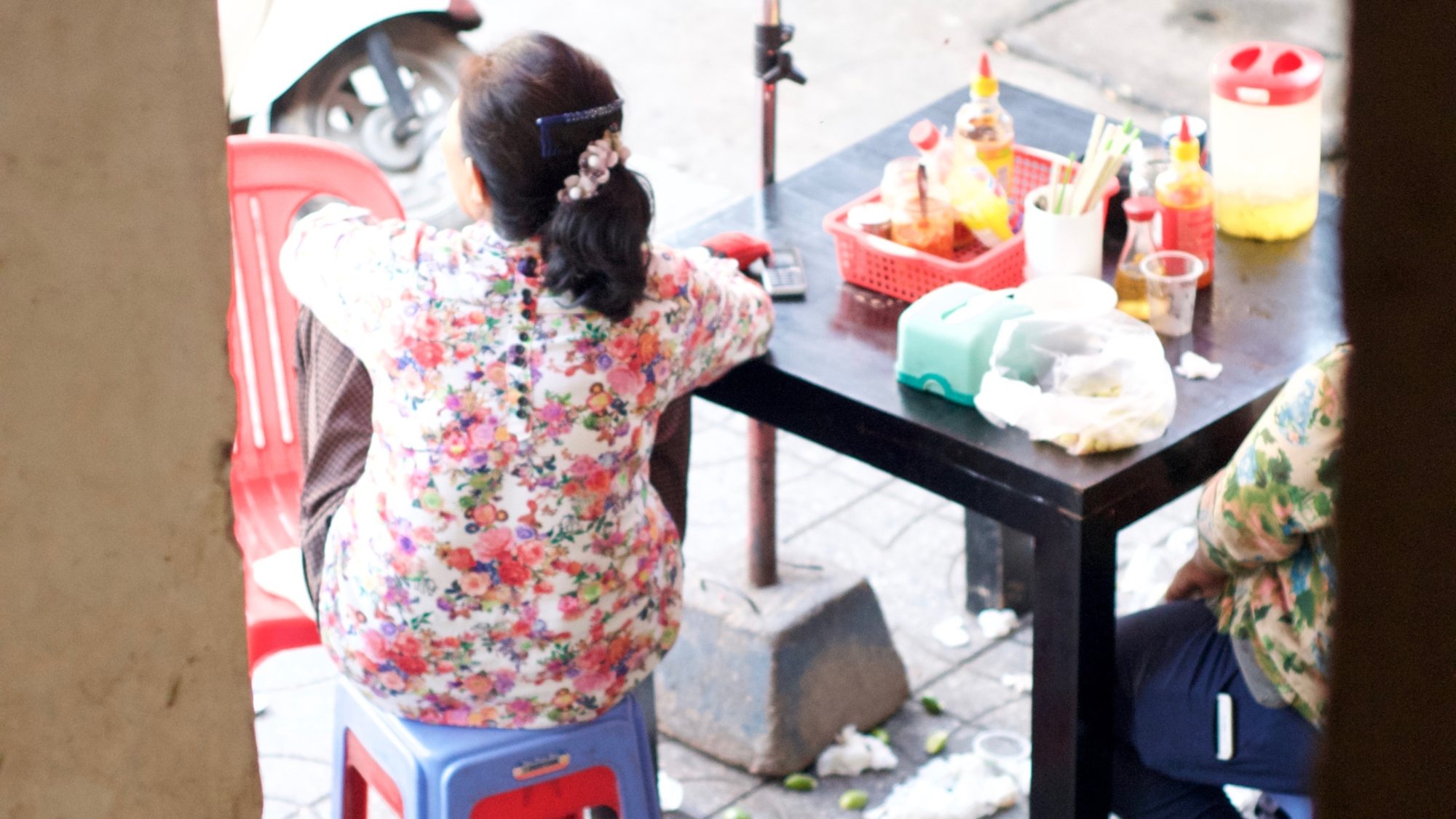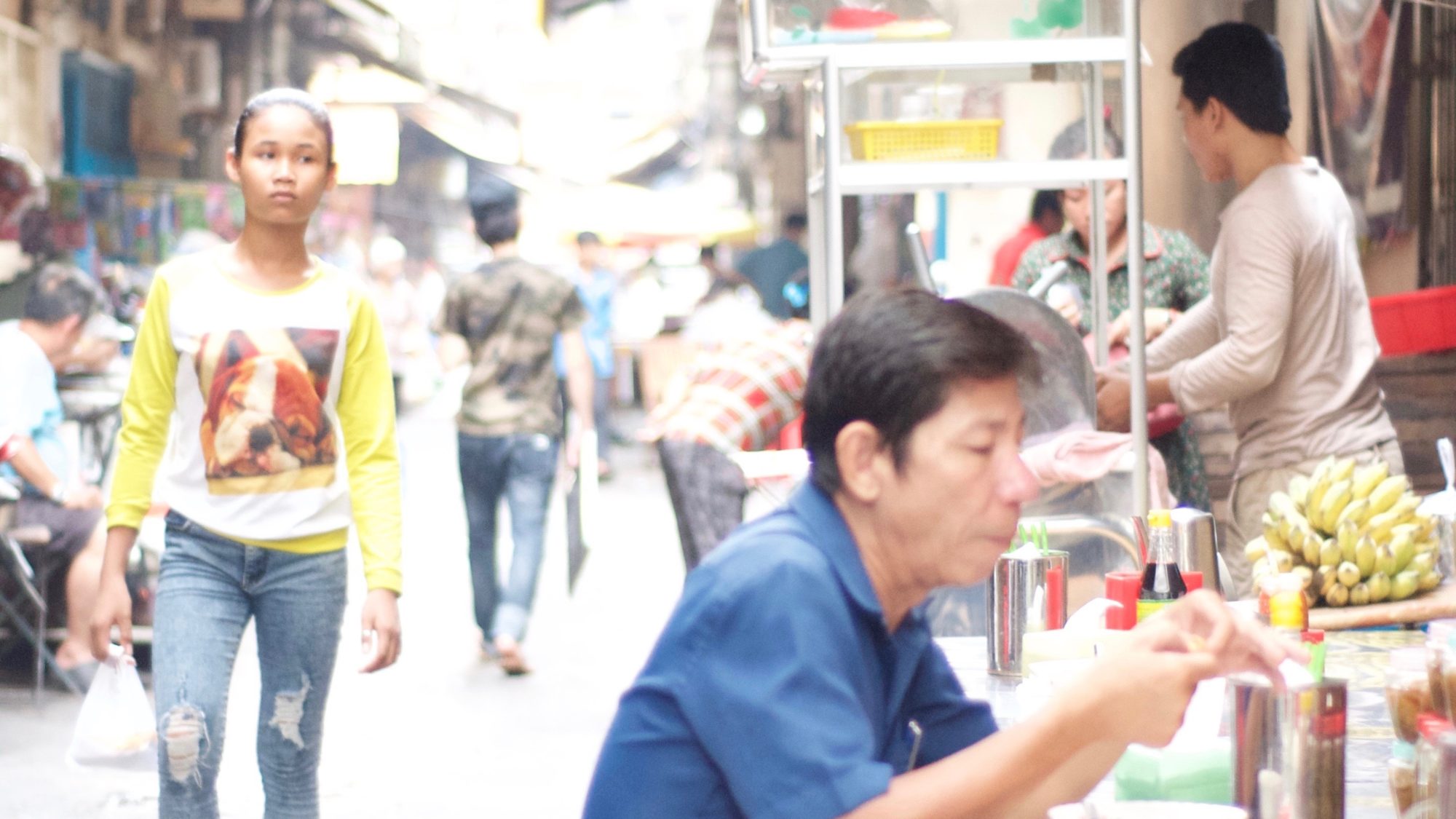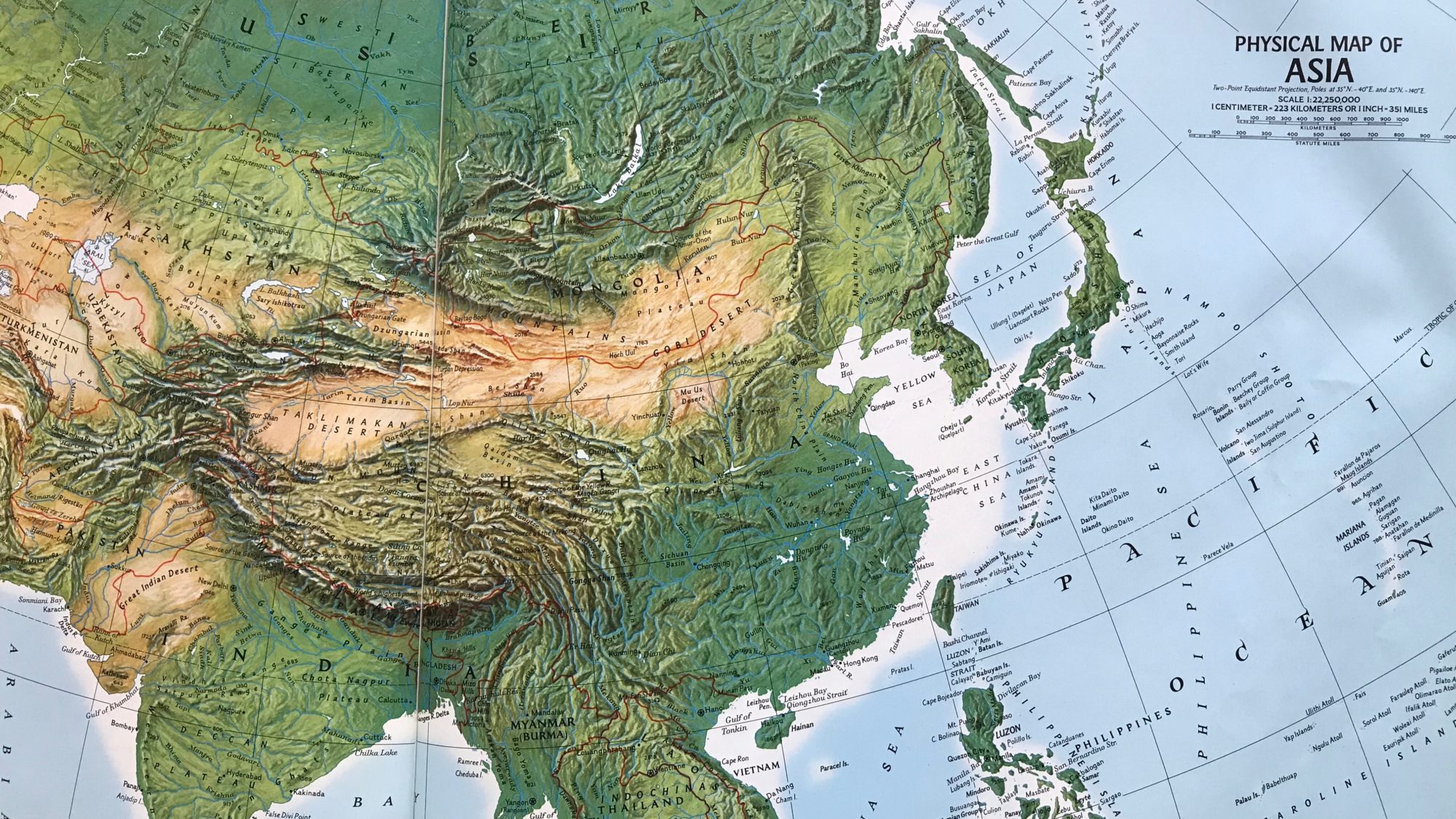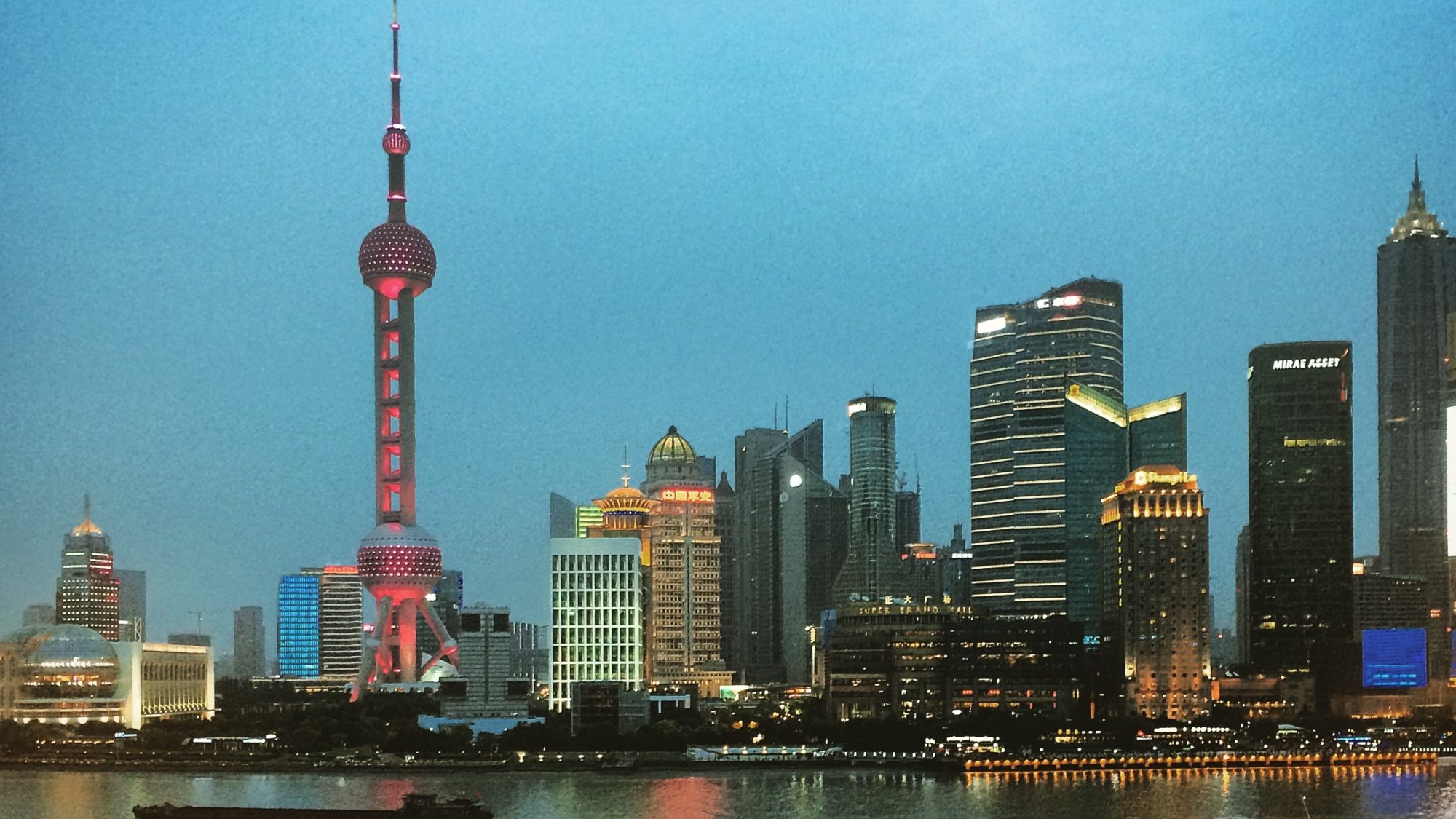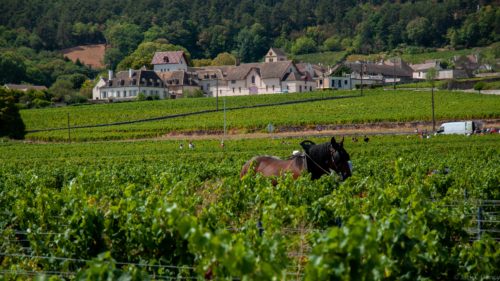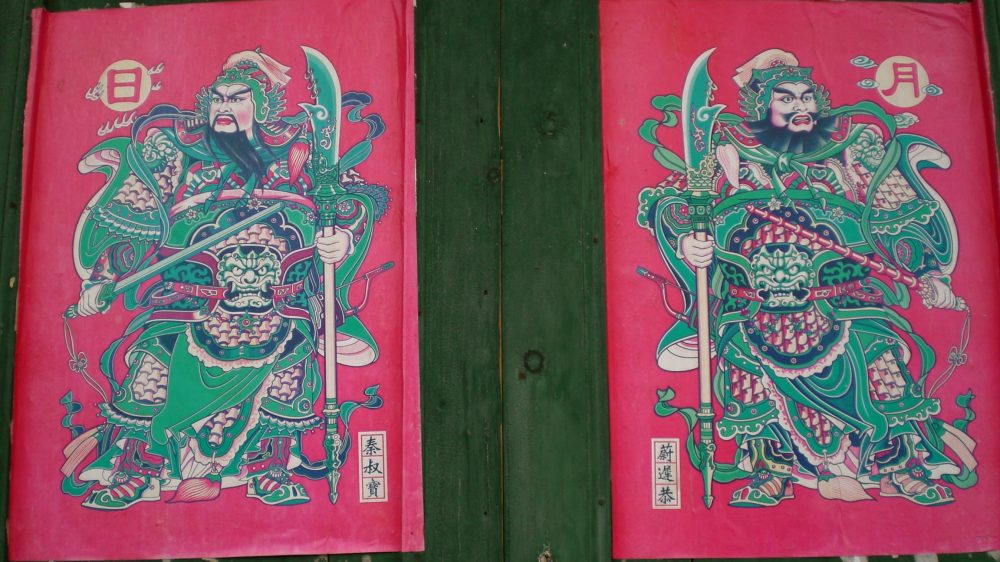How to paint in watercolor
Sidewalks and the paved parts of the urban landscape have a funny definition in some Asian cities. On the Silk Road after midnight, the roads and sidewalks become the communal domicile, as beds are dragged out into the streets to enjoy the cool breeze of the desert nights. Hanoi and Bangkok are two cities so dedicated to street food and eating that it is hard to tell where the streets end and the restaurants begin; walking from point A to B becomes an adventure diving through kitchens and dodging cars, like that eternal steady-cam shot from Goodfellas, when Ray Liotta and Lorraine Bracco walk through the dungeons of the Copacabana.
And in Shanghai, for years, the city block was considered public living room space, so much so that it was not unusual to stroll your ‘hood in your pyjamas, just as you would in your home. There was a whole fashion market for silk PJ’s to be worn on the streets, and for someone like me who prefers to be in his underwear as often as possible, it was Valhalla. Shanghai and the world have changed five times over in the past few months so it might no longer be; the world moves fast and China moves faster.
There was one street in particular that was so absolutely perfect it felt like it could have been a stage set from West Side Story rather than reality, a place where the objective and subjective merge into one, a little place called Jinxian Lu. The name translated means a few things but they all fit: “Kings Country” or “to offer as a tribute”. It was a small, one block road, filled with people in pyjamas and under-garments, a handful of trendy shops and small fashion-designer storefronts. And a little place named Lanxin family restaurant.
I’m not sure if it was legal or makeshift, but they were known for one main dish, Hong Shao Rou – braised and bronzed pork-belly simmered in ginger, garlic and the love of the gods. The culinary equivalent of Fabio’s biceps painted on the cover of some mid-80’s smut novel (pre pigeon-in-face incident). Here the lighting was bad, the floor was dirty, the language was abrasive, and the beer was cold. My nostalgia for this place is a permanent affliction – like tobacco for the once-addicted, I think about it daily. At the other end of the block was a western-style cocktail bar/restaurant where, when Chinese breakfasts became too much for me, I could sit down on the upper veranda, sip on a mojito and feast on eggs and sausage that wouldn’t make me ill. In between these two spots, a lifetime.
The distinction between private and public was smeared by the heat of a humid city in the summer months, and the concept of personal space was bounded only by skin, rather than that imaginary bubble we carry around ourselves in European or American cities. The closest I have seen and felt a space similar to this in the Americas has been as part of a “Second Line” in New Orleans during a funeral – I think it has to do with hot climates and freedom from walls (for those unaffiliated with NOLA culture, a Second Line is the dancing troop behind the band, or First Line, during a communal parade sometimes done for funerals. Check out Les Blanks wonderful film “Always for Pleasure”).
In my memory, the street is living in a technicolor musical and makes me wish I knew how to paint in watercolors, just to capture the sheen of the humid urban haze off the silk textiles clothing the people of Jinxian Lu.
